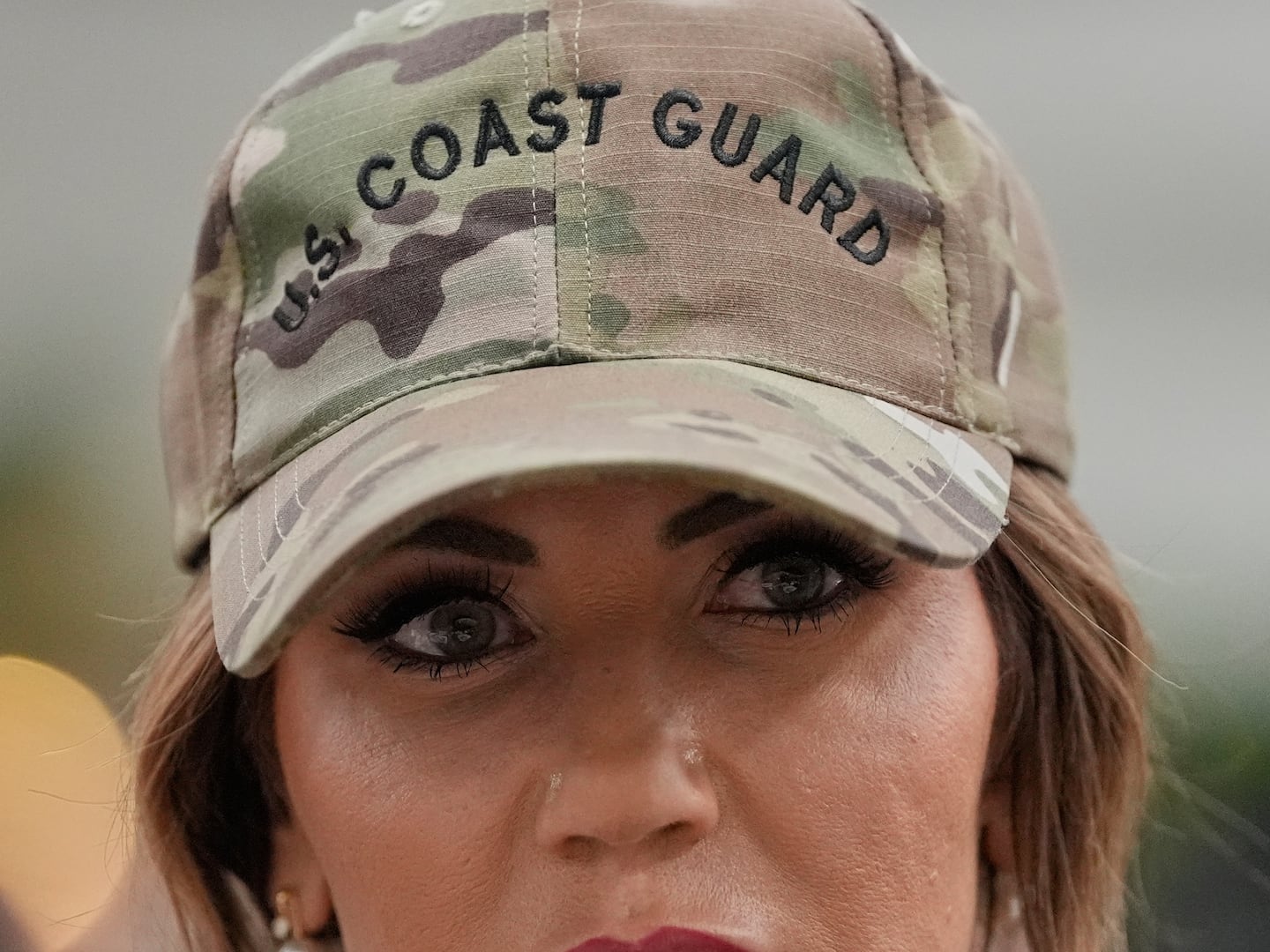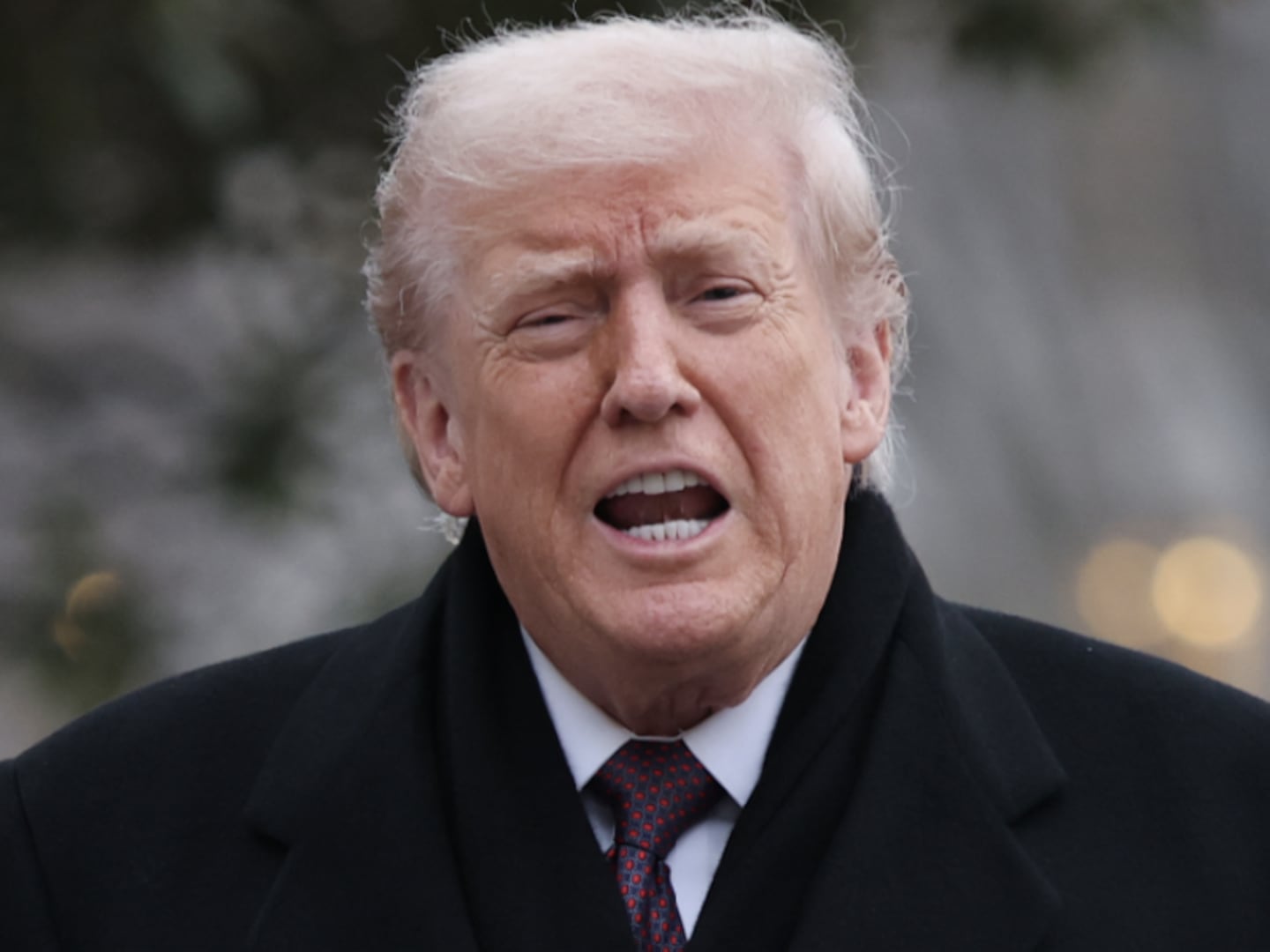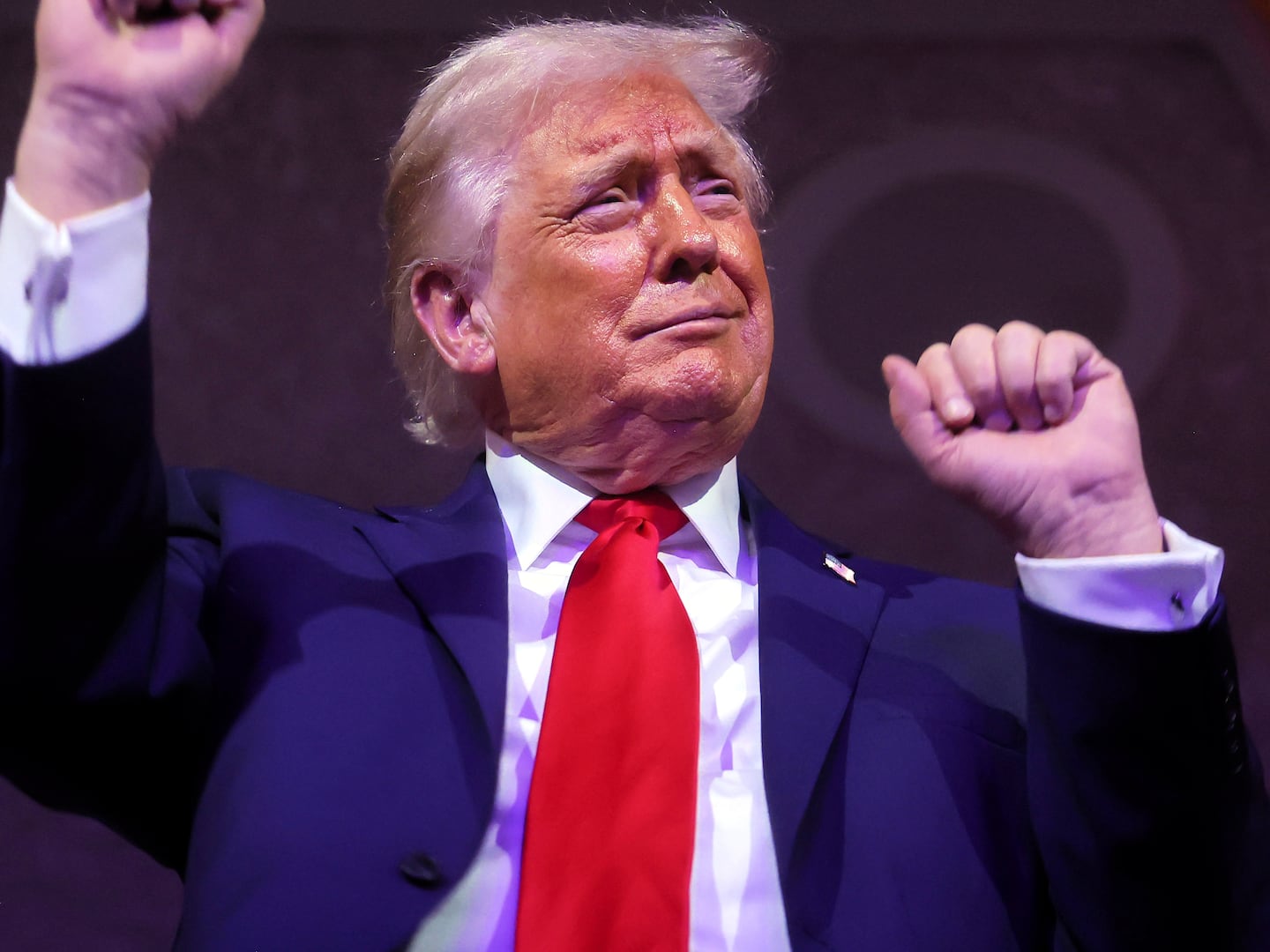Who is ignoring reality here? What could possibly be more real than thousands of human skeletons that have been dug up? Can the SWC seriously claim that it is a coincidence that thousands of human remains were found on the site of their intended museum? It is irrelevant that a parking lot was built there before the Museum was planned. The fact is that the site for the Museum was always a part of the Mamilla cemetery, as is evident from planning maps and aerial photographs from as late as the 1950s (1951 photo attached). As a recent aerial photograph shows (2010 photo attached), the area where the museum site is located is clearly within the boundaries of the historic Mamilla cemetery.
The SWC knew this full well, as is revealed in the sworn affidavit of the Israeli Antiquities Authority’s (IAA) Chief Archaeologist on the site, Gideon Suleimani, appended to our petition to UN bodies. He told SWC representatives that the site, including the parking lot, was part of the cemetery and “that it is possible to see graves adjacent to the fence of the parking lot, both inside and outside the lot, and continuing into it.” After digging test trenches on the site, Suleimani concluded that “the entire area ‘abounded with graves,’ and that under the parking lot there was a crowded Muslim cemetery, containing three or four layers of graves” (emphasis added).

This directly refutes the Supreme Court’s conclusion that “plans to build the museum received final approval without there being any knowledge that there were remains of graves under the surface.” Indeed, Suleimani was shocked that the IAA’s submissions to the Court “had distorted the findings from the site, and that it had filed in the Supreme Court a misleading and false response concerning the excavations on the site.” The IAA suggested to the Court that the site had been fully excavated, whereas Suleimani avows that in “90% of the project site, excavation was either only partial or preliminary.”
Suleimani attributes the “factual and archaeological lie” that the IAA presented to the Court to the fact that “the entrepreneurs [SWC] were threatening that if the excavation was held up they would sue the Antiquities Authority, and therefore the pace [of the excavations] must be quickened.” According to Suleimani, this led to enormous pressure on his excavation team to work long hours in muddy conditions, “which made analysis of the findings…almost impossible.” Suleimani calls the IAA’s capitulation to the SWC’s pressure and the haste with which they ordered excavations to be conducted “an archaeological crime.” Crucially, Gideon Suleimani’s affidavit, the testimony of the chief Israeli archaeologist on the site, and the only person qualified to render an expert judgment, was never addressed by the Supreme Court, which instead rubber stamped the IAA and the SWC’s specious and self-interested arguments that they had removed all “scientific data” from the site.
To the descendants of individuals buried in the cemetery, and to Palestinians and Muslims around the world who care about the treatment of the resting place of the remains of their ancestors, it is irrelevant what the Israeli state has declared to be public land fit for development purposes. That state, and its Supreme Court, have never favored the interests or rights of the country’s indigenous Palestinian inhabitants when they stood in the way of the state’s control over their private and collective property, such as awqaf.
This is the same Court that allowed construction of the bulk of the Wall inside the West Bank on Palestinian-owned land that the International Court of Justice deemed to be in violation of international law. It is the same Court that upheld an Israeli law banning Israelis and their Palestinian spouses from the Occupied Palestinian Territory from living together. It is no surprise, then, that the Court’s decision in the Mamilla case not only overlooked the damning sworn statements of the Israel Antiquities Authority’s Chief Archaeologist on the site, but also dismissed the interests of an entire people in seeing their dead treated respectfully. The fact that the Israeli state and its Supreme Court have allowed development on top of cemetery land it seized from a people it displaced, and now chastises the same people for allegedly failing to take care of the cemetery, does not sway us. Nor does it diminish for us the cultural, historical and religious sanctity of the burial place of our ancestors. I doubt that Avra Shapiro or Rabbi Hier would accept such arguments if they were made about the resting places of their ancestors in a Jewish cemetery anywhere in the world, whatever had been erected on top of it.
As for the SWC’s repetition of the alleged plans by the Supreme Muslim Council to build a commercial center on the cemetery in 1945, these allegations are highly problematic. First, the SWC points to a single news article about this plan. We have not found mention of it anywhere else in the Palestinian press or other records published between 1945 and 1948. Clearly, it never came anywhere near fruition, undoubtedly because such a plan would have faced opposition from the Muslim community at the time. Such an enormous project would surely have gotten more attention in the press had it been serious. Secondly, the alleged plan was not sanctioned by legitimate Muslim scholars.

After 1937, the Supreme Muslim Council was no longer elected by Muslim religious scholars or headed by a Mufti—who would be the only religious figure to sanction activity on a cemetery. In that year, the elected Council was dissolved and replaced with British appointees. Such a rubber-stamp body under the thumb of the British authorities had no legitimacy, and would have had no authority whatsoever to make decisions about questions relating to public religious endowments, or awqaf, such as cemeteries. Why would the unnamed Council member need to consult clerics from other countries if the Council was the “highest religious authority in Jerusalem” at the time, as Shapiro claims? As Robert Eisenman notes in Islamic Law in Palestine and Israel (Leieden: Brill, 1978, p. 225): “In the wake of the 1936 disturbances…the powers held by the General Waqf Committee of the Supreme Muslim Council had been transferred to a succession of Government Committees, appointed by the [British] High Commissioner.”
The fact that in 1948 the head of the Islamic Waqf Department requested from UNESCO that Mamilla be placed on the list of Antiquities reaffirms that the cemetery in fact retained its importance and sanctity to Muslims, regardless of what the illegitimate British-controlled Supreme Muslim Council of 1945 allegedly considered. This is confirmed by all subsequent protests against Israeli encroachments on the cemetery, which the SWC and the Israeli Supreme Court conveniently disregard to this day.
What the SWC fails to grasp, in all of its attempts to justify its actions, is that its behavior puts the lie to its claim to be an organization that is dedicated to building tolerance. The SWC cannot claim that the museum site was not part of the cemetery. It cannot credibly lecture Muslims on the finer points of the shari’a as regards the sanctity of cemeteries. And it cannot convincingly claim that we don’t sincerely care that thousands of human remains have been removed from the site surreptitiously and buried in an unknown location, and that our protests are merely political grandstanding. What the Simon Wiesenthal Center can and must do is respond to the petition of the 60 members of families with ancestors buried in Mamilla, and to the letter from Michael Ratner and myself urging that the SWC “abandon its plans to build on this site, and instead [join] others in honoring the cultural and archaeological importance of the cemetery to the history of the Holy City of Jerusalem.” I am sure Rabbi Hier would expect nothing less if the graveyard where his ancestors are buried was at issue.
Gil Troy says I am insufficiently “American” in seeing things in black and white, and attempts to give the impression of balance and nuance regarding a matter in which there is much more darkness and shadow than he is willing to concede. Rabbi Hier and the Simon Wiesenthal Center (SWC) are not innocents who were surprised at what they inadvertently found under what they assumed was no more than a parking lot. The affidavit of Gideon Suleimani, who was the chief archaeologist appointed to direct the excavation of the site by the Israeli Antiquities Authority (IAA), makes it clear that, prior to any excavations, the SWC was explicitly informed that the site was part of the original boundaries of the cemetery, and that graves were likely to be located there.
It is also beyond argument from this affidavit that before any infrastructural work on the site, test trenches revealed the density of the graveyard that remained under the parking lot. Thereafter, in their submissions to the Israeli Supreme Court, the SWC and IAA knowingly suppressed the massive amounts of evidence Suelimani discovered that the Museum was to be built on part of an ancient cemetery, and that thousands of human remains therefore had to be removed. There is sadly no grey in that part of the story and the SWC’s willingness to “compromise” is based on a variety of plans that allow it to continue to desecrate and build its Museum on part of this cemetery.
Finally, the 1951 aerial photograph above and our original petition demonstrate that the boundaries of this cemetery have been fixed since the 1860s. So Troy’s attempt to sneak the ghost of the Mufti back into the story is disingenuous.
Like many people of conscience around the world Gil Troy appears to see just how wrong the SWC has been on this. If he really wants to help see this issue resolved, he should carefully read the evidence we have put forward, and speak out unequivocally against the obstinacy of the SWC, which as I write is going ahead with its work on the site of the oldest Muslim cemetery in Jerusalem.





